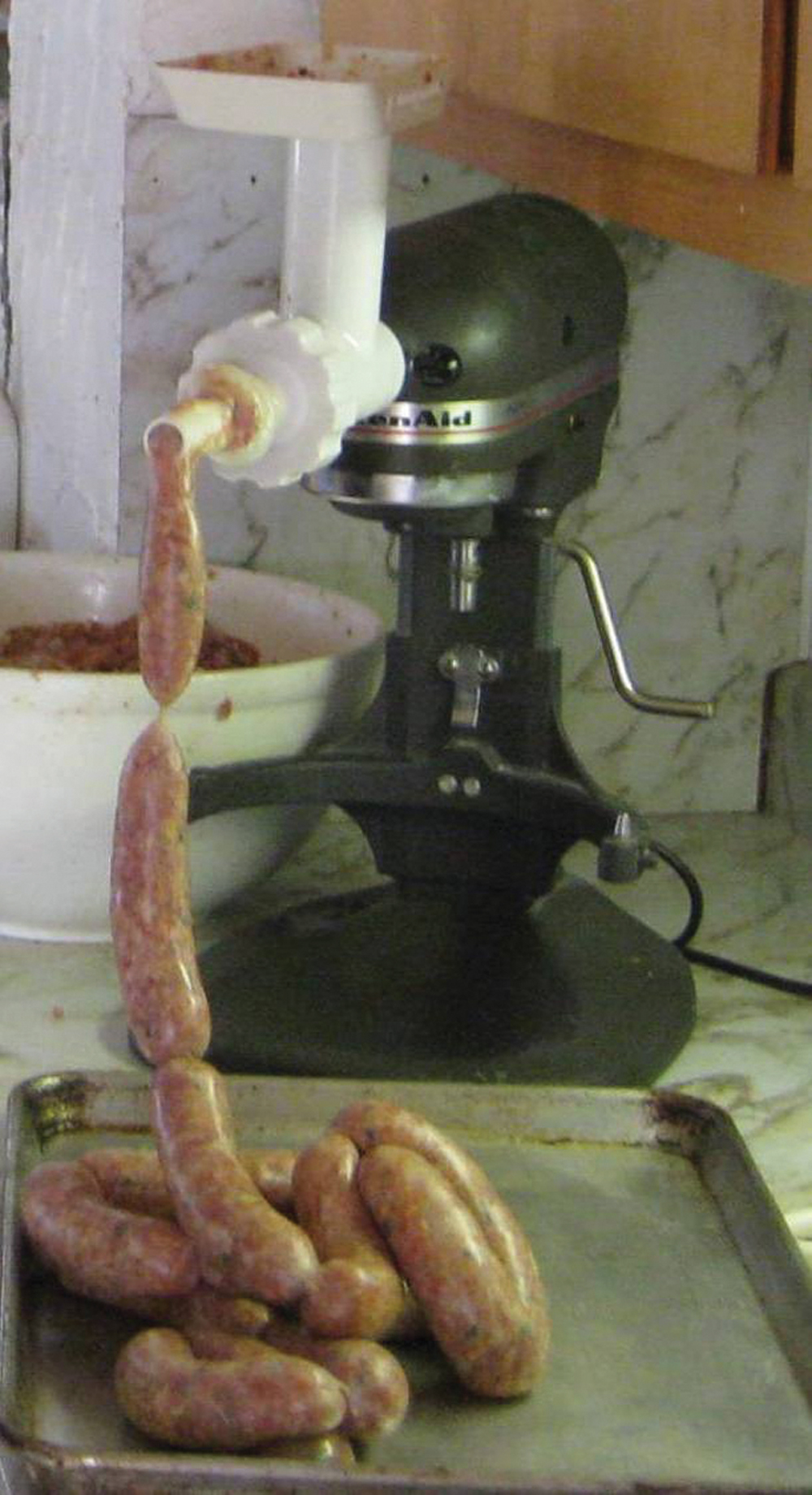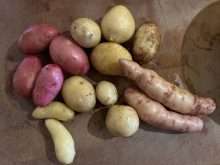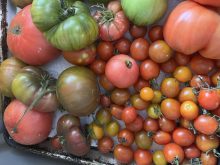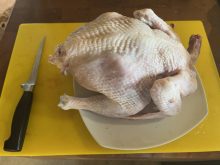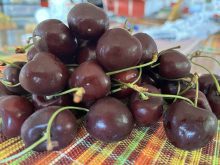Sausages used to be the great unmentionable, made from things no one wanted to know about, never mind eat. But although they began as the thrifty butcher’s way of using up trimmings, sausages have gone uptown.
Making your own sausages, like anything homemade, means the cook controls everything, from the selection of meats, salt and spices to the amount of fat.
Begin at the butcher’s. I buy pork shoulder or “trim,” cut it up myself, and grind it as well. If you don’t have a meat grinder, ask the butcher to grind it medium or coarse, if you like a coarser-textured link. It doesn’t have to be just pork, although German and Alsatian pork sausages are justifiably famous. I also make sausages from turkey, chicken, lamb, beef, or game, but often add pork to the mix, especially with game, which is extremely lean.
Read Also

Gentle treatments for pain in the neck
Heading toward year-end, people unknowingly tense up against the cold and busyness, causing neck pain that can often be treated with appropriate support and gentle mobility, athletic therapist Kathlyn Hossack says.
(Hunters take note: the butcher will need your animal’s provenance, so take along the information on it when you take your game to the butcher to be ground.)
Order pork fat from the butcher as well. Old-style sausage masters will tell you that the best sausages are made with 25 per cent fat — for tenderness, mouth feel and flavour. But I reduce that figure and add other ingredients — apple, pear, carrot, onion, leek, peppers, mild cabbage — without sacrificing any of those critical elements to keep my sausages’ fat content manageable.
Buy casings too, usually sold frozen. Natural pork casings are carefully washed intestines, if you must know. Synthetic casings are sometimes available, but really, do you wanna do that? Back in your own kitchen, thaw the casings. (Sausages without casings are called “loose” sausages, and are ideal add-ons to many dishes, so if you don’t have a stuffer, you can still be part of the sausage revolution.)
Add salt and seasonings to the meat and fat. Some cooks find that sautéing, roasting or grilling any vegetable additions makes a milder sausage. Please yourself. If you are grinding your own, cut ingredients so they fit in your meat grinder’s feeder tube. Season and chill the mixture overnight before grinding it all.
Next day, add ice, cold beer, wine or juice, or ice water to help the ground-up mixture develop a sticky texture.
Put the casings into a bowl of water, using a clothespin to clamp one end of a casing onto the edge of the bowl. Remove the clothespin and hold the casing open under running water. Use shears to sever a length several feet long. Pin the new end again to the bowl, and drain the detached piece.
Sauté a bit; taste for seasoning. When the blend suits your taste, set up your stuffer with the right size of “horn” and slide the casing onto it.
Stuffing sausage is a four-hander: one person fills the hopper and runs the controls; the other uses both hands to pack the casing as it fills. Leave a few inches empty at the beginning of the casing so you can tie it off later. Decide on a sausage length, and twist the casing as it fills or afterwards, to create separate sausages, alternating directions, three complete turns each time, to ensure the whole thing doesn’t unravel.
Use a large needle or hatpin to prick any air bubbles as the casing fills, and leave some room at the end. Knot both ends. Repeat.
To store unused casings indefinitely, drain well and add several large handfuls of kosher salt. Mix, wrap and refrigerate or freeze.
When you are done, don’t wait for dinner. Strike up the grill. And congratulations. You have just contributed to an enduring culinary tradition. First we eat, then we talk about how many other ways there are to season sausages.
Turkey Apple Sausages
These sweet links are great with arugula salad, lentils, grainy mustard and crusty rolls. Use pork if you prefer. Serve with rosé or German beer. Makes about 18 sausages.
- 2 lbs. white/dark raw boneless turkey
- 1/2 lb. pork fat, diced
- 2 tsp. curry powder or Chinese 5-spice
- 1 lemon, zest only
- 2 tbsp. minced fresh thyme
- 2 tbsp. minced chives
- 2 tbsp. kosher salt or to taste
- Black pepper and hot chili flakes, to taste
- 4 apples, peeled, diced and sautéed
- 1/4 c. cooked black beans, chopped
- 1/2 c. cold apple cider or white wine
- 12 feet of casings, or as needed
Dice the meat and fat. Combine all the ingredients except apples, beans and cider/wine, mixing thoroughly. Chill. Grind. Add remaining ingredients. Test for seasoning before stuffing.

